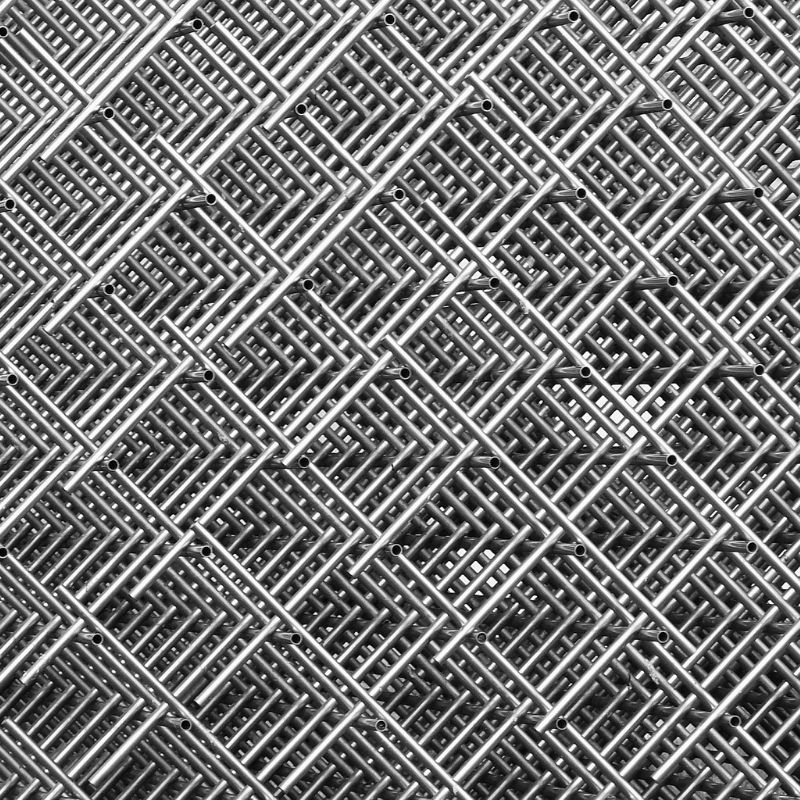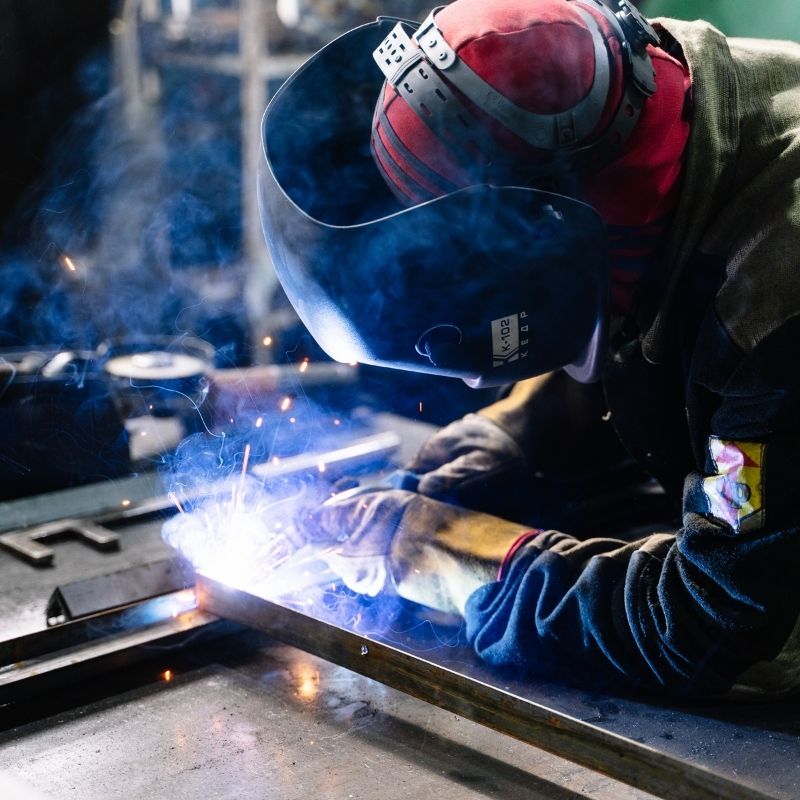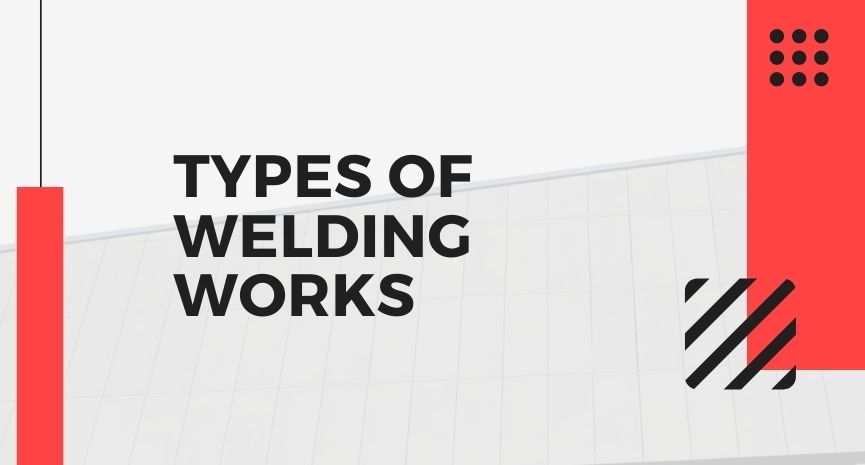Find Out What Are The Different Types of Welding Works
Welding works can be divided into several categories. Each different category are meant for different kinds of construction works. It’s a growing and in-demand trade that can be a career for you if you think you are up for it.
Welding works can be used in different non-industrial areas. You can use welding for creating garden arts and decors. You can also use it in agricultural or auto industries. It has unlimited possibilities depending on what kind of welding you are looking to learn and use.
Different Kinds of Welding Works

Were you aware that there are several kinds of welding jobs? At Ming Datt, here are some of the most common welder works available with the company.
1. Shielded Metal Arc Welding (SMAW) (1G to 6G)
Shielded metal arc welding is often referred to as stick or manual welding. Usually, the metal rod is covered with a flux. The flux will help provide shielding from overly extreme heat to protect the weld.
Under shielded metal arc welding, it uses constant current power sources. It is one of the most widely used forms of welding in the world, if not the most popular. People usually use this method to fabricate ships, pressure vessels, tanks, automobiles, and appliances.
2. Gas Metal Arc Welding (GMAW/MIG) (1G to 6G)
In gas metal arc welding, it uses a shielding gas along the wire electrode. The wire electrode is used as a solid metal electrode. It will then be used to heat up 2 metal rods and make it join.
Usually, a constant voltage and direct-current power source is the most commonly used power for gas metal arc welding. It has 4 primary methods of transfer:
- Globular
- Short-circuiting
- Spray
- Pulse spray
The gas metal arc welding process is good for fusing and conjoining mild steel, stainless steel, and aluminum. This is a high productivity method as you don’t have to stop to change rod chips. You don’t have to keep brushing the weld frequently either.
3. Flux Cored Arc Welding (FCAW) (1G to 6G)
The flux-cored arc welding method is very similar to the gas metal arc welding method. The flux cored arc welding method uses a hollow tubular electrode that is filled with flux. It’s a semi-automatic arc weld that is often used by construction workers in many construction projects.
The flux-cored arc welding electrode comes in 2 different kinds:
- Self-shielding – the molten metal is protected via the decomposition and vaporization of flux core. The heat of the arc is what protects the molten metal.
- Gas-shielding – this method made use of a protective gas flow in addition to the flux core action.
Shielding gasses will be used. The gasses used are typically CO2 or a mixture of argon and CO2. If it’s argon + CO2, then it will be 80% argon and 20% CO2.
4. Gas Tungsten Arc Gas Welding (GTAW/TIG) (1G to 6G)
The gas tungsten arc gas welding method is often used to weld together thick sections of stainless steel or non-ferrous metals. It’s the most common method for such uses.
The gas tungsten arc gas welding process uses a non-consumable tungsten electrode to produce the weld pool. The weld pool will be shielded by an inert gas, which usually are argon and helium. You will see that this method is often used in gas and making chemical pipes.
What does 1G to 6G mean?

When welders say “1G to 6G”, it usually means the position of the pipes and plates used in welding. Here are what each position mean:
| Position | Position Description |
| 1G | Flat position. Sometimes this position is also known as the down hand.
When used in a groove weld, it is addressed as 1G. Numeric 1 refers to the flat welding and G refers to the groove weld. In flat positions, gravity draws molten metal downwards in the joint area. It makes the joint easy and quick. |
| 2G | Horizontal position. This position is where the plates are vertical and the axis of the weld is horizontal. This position is more difficult to deal with than the flat joint position because the molten flows downwards toward the lower plate. In a groove, weld is called 2G. Numeric 2 refers to a horizontal position and G for groove weld. |
| 3G | Vertical position. This position means that the plates and weld axis are both vertical.
Numeric 3 refers to the vertical position and G refers to the groove weld. |
| 4G | Overhead position. This position is the most difficult and complicated for welders to perform than the previous 3 positions.
This position is where the face of the weld is overhead. It’s called 4G because the numeric 4 refers to the overhead position and G refers to the groove weld. |
| 5G | Welding pipe in a horizontal position, which cannot be moved and is fixed. Sometimes, it is also called PF in ISO/EN standards.
In the 5G position, welding is done vertically either upward or downwards. |
| 6G | A position used to weld pipe joints inclined at an angle of 45 degrees. If a welder clears the 6G test, then he will automatically qualify for all the other 5 welding positions. |
Conclusion

We hope that in this mini-article, you will be able to understand the different types of welding works. It may seem complicated at first but it’s not. If you need any welding work, do not hesitate to contact us for more information and assistance.


